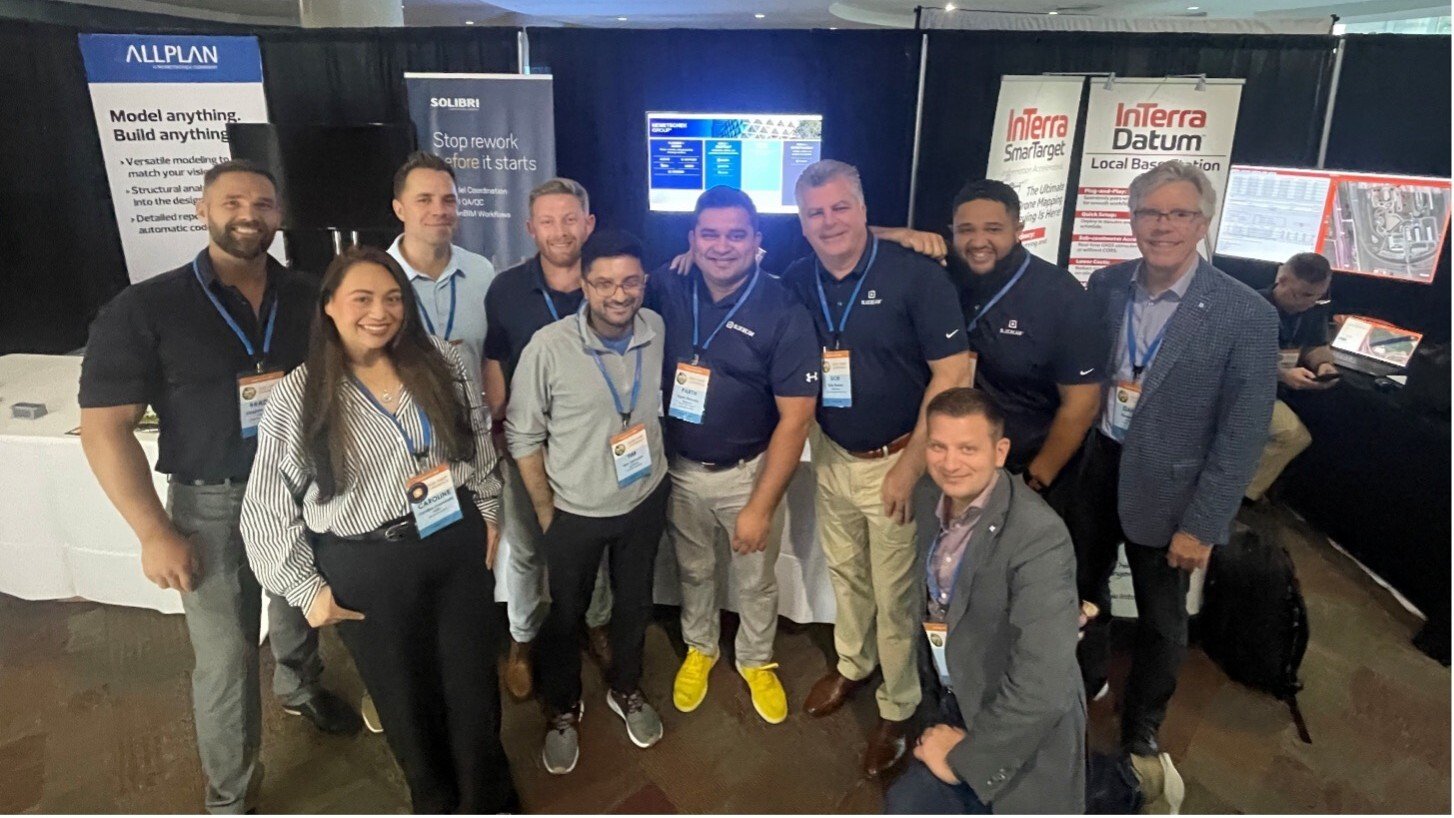Supporting ESG Standards Through Architecture
Discover how Nickl & Partner designs sustainable, human-centered, and future-ready healthcare spaces.
Author
Magnus Nickl
Nickl & Partner
This article belongs to the collection Sustainability.
To the topic pageArchitecture in the healthcare and life sciences sector faces far-reaching challenges that encompass structural, social, and economic dimensions. Many existing facilities are outdated and fail to meet modern medical requirements, technological advancements, or sustainability standards. At the same time, economic systems are changing rapidly: resource scarcity, rising construction costs, and new financing models demand efficient and resilient building methods.
By definition, we build for people, but healthcare infrastructures must increasingly be designed for both volatile, marginalized communities and privileged individuals alike—with maximum flexibility to respond to ever-evolving challenges. This goes beyond buildings or materials. As an industry, we bear a responsibility that extends beyond purely structural aspects: we are part of society and must actively contribute to solving broader societal and socio-economic challenges.
Against this backdrop, ESG (Environment, Social, Governance)-compliant architecture is becoming increasingly important. Sustainable, socially responsible, and thoughtfully designed buildings can not only meet environmental standards and drive innovation but also create better conditions for individuals and society as a whole. ESG thus becomes a driving force for resilient and future-proof architecture.
.png)
The healthcare sector is responsible for approximately 4.4% of global CO₂ emissions. If it were an independent country, it would rank as the fifth-largest emitter of greenhouse gases. Credit: Nickl & Partner
E - Environmental Aspects
Architecture can play a crucial role in reducing the ecological footprint. This begins with responsible material sourcing: using recycled and locally sourced materials reduces transportation distances and minimizes the CO₂ footprint. Sustainable supply chains and efficient waste management further decrease resource consumption. However, sustainable construction is not just about choosing the right materials—smart technologies also play a key role. Efficient ventilation methods, passive solar technology, and improved insulation can significantly lower a building’s energy demand. This is becoming increasingly important in the face of climate change. So-called "heat days"—days with extreme temperatures—will become more frequent in the future. Thoughtful, intelligent climate systems that balance heat and cold periods are therefore essential, enhancing comfort for patients, visitors, and staff. This not only improves overall well-being but also accelerates recovery.
Biophilic design also offers great potential. The integration of outdoor and green spaces not only helps preserve local identity and ecosystems but also adds value to buildings and their users. Green façades and rooftop landscapes improve the microclimate, capture CO₂, and promote biodiversity. Additionally, rainwater harvesting, efficient sanitation systems, and waste reduction through recycling and composting play a key role—measures that not only protect the environment but also reduce long-term operating costs.
Another key element of sustainable architecture is circular construction. Modular and serial building methods allow structures to be designed so that components can be reused and resources utilized efficiently. This approach follows the "Design for Disassembly" principle, making it easier to dismantle and repurpose materials while optimizing workflows. Standardized modules enable more flexible usage and improve workforce efficiency by allowing staff to transition seamlessly between different locations.
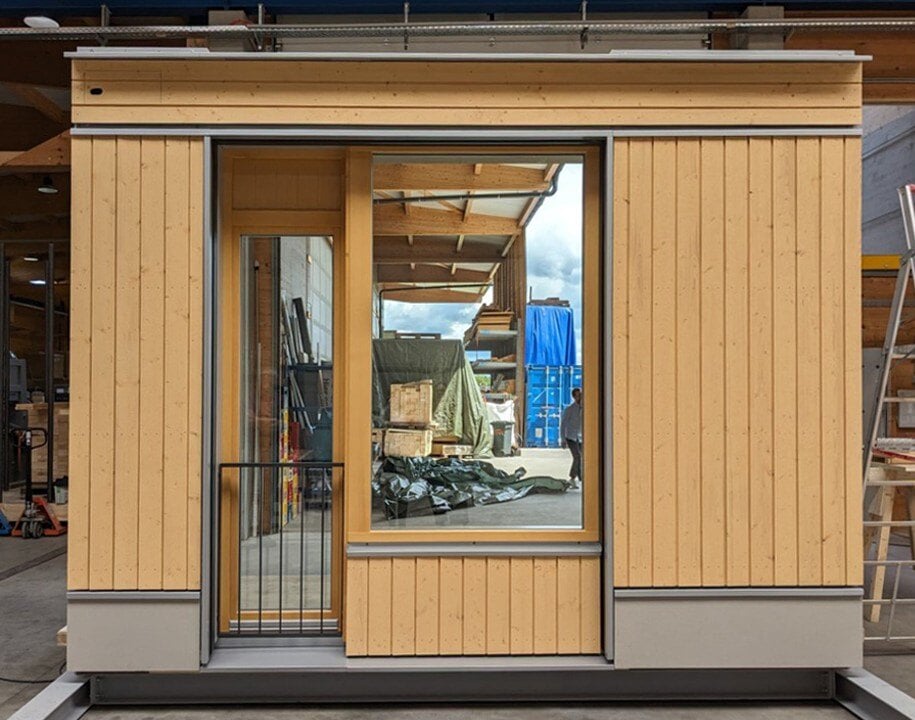
The "Münchenstift" nursing home project in Allach-Untermenzing was designed with a strong focus on sustainability, which is immediately evident in its wooden façade and green wall elements. Deep balconies create a connection to the outdoors, while the generously glazed south-facing façade allows plenty of natural daylight to enter the interior. Climbing plants on the balconies further enhance the microclimate and overall quality of the living space. Credit: Nickl & Partner
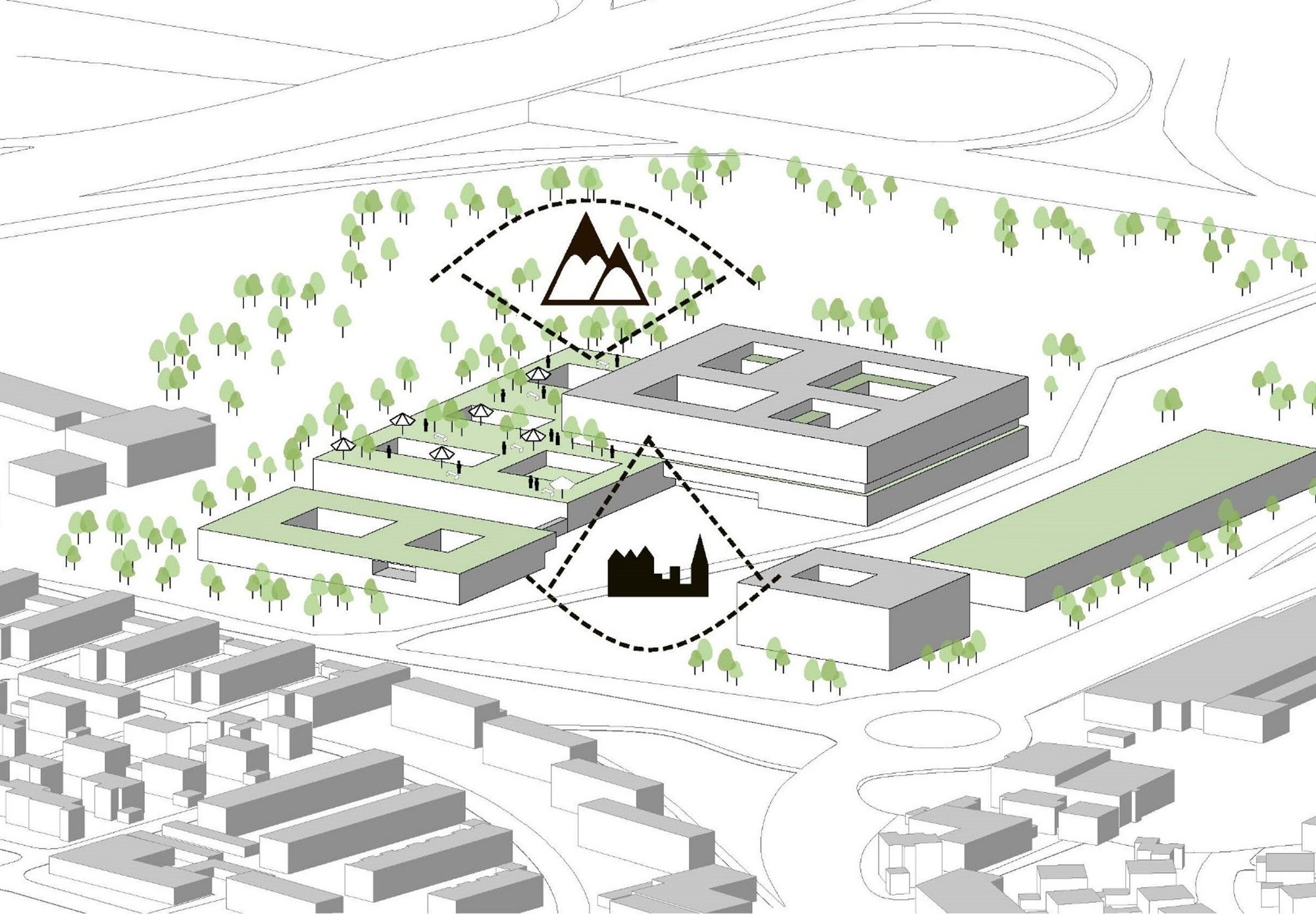
The Memmingen Clinic is designed according to the sponge city principle. This effect is achieved through measures such as green roofs, unsealed surfaces, and specialized infiltration systems. These not only enable more efficient water cycle management but also actively contribute to improving the microclimate and reducing urban heat islands. Credit: Nickl & Partner

The Agatharied District Hospital was deliberately designed to incorporate natural elements—not only to achieve ecological benefits but also to enhance the well-being of patients, visitors, and staff. The concept of biophilic design plays a central role in this approach. Credit: Vieregg Design
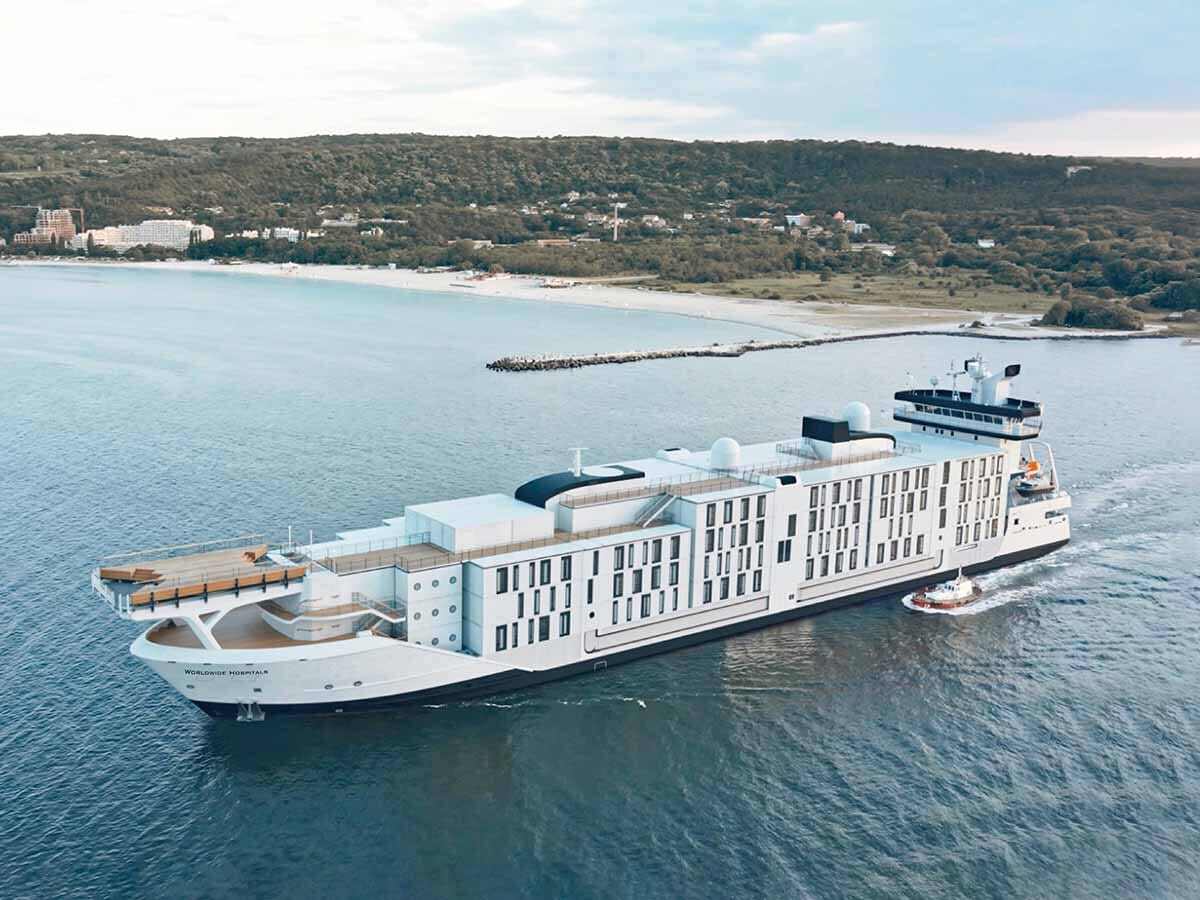
As a modular system with the dimensions of a standard container, the Very High-Cube Heavy Duty (VHCHD) Medical Modules are easily transportable and can be quickly assembled into a fully functional hospital using a Click-and-Connect system. The modules are designed for disassembly and are 95% prefabricated. A standardized equipment library ensures both functional and aesthetic diversity. Credit: wwh.com
S – Social Aspects
Sustainability encompasses not only ecological but also social aspects. An important element is stakeholder engagement, which emphasizes close collaboration among all parties involved—from the client to the planners and suppliers. Fairness and fair working conditions are just as important as long-term partnerships that foster innovation and sustainable development. The acceptance and appreciation of the public is influenced when materials are sourced locally and contribute to regional value creation.
A key aspect of the "S" in ESG also includes social metrics that put people at the center. This includes health and safety in the workplace, which are ensured through ergonomic design, preventive measures, and clear safety guidelines. Equally important is a healthy work environment, one that promotes well-being through natural light, good air quality, and stress-reducing architecture. Future-oriented architecture also means creating sustainable jobs for the future. Flexible buildings must be designed to adapt robustly to changing work models and societal developments.
Architecture should not only be functional but also human-centered, improving well-being in the workplace and society as a whole. Equality, inclusion, and the promotion of an innovation culture are essential components of sustainable construction processes that are socially, ecologically, and economically viable in the long run.
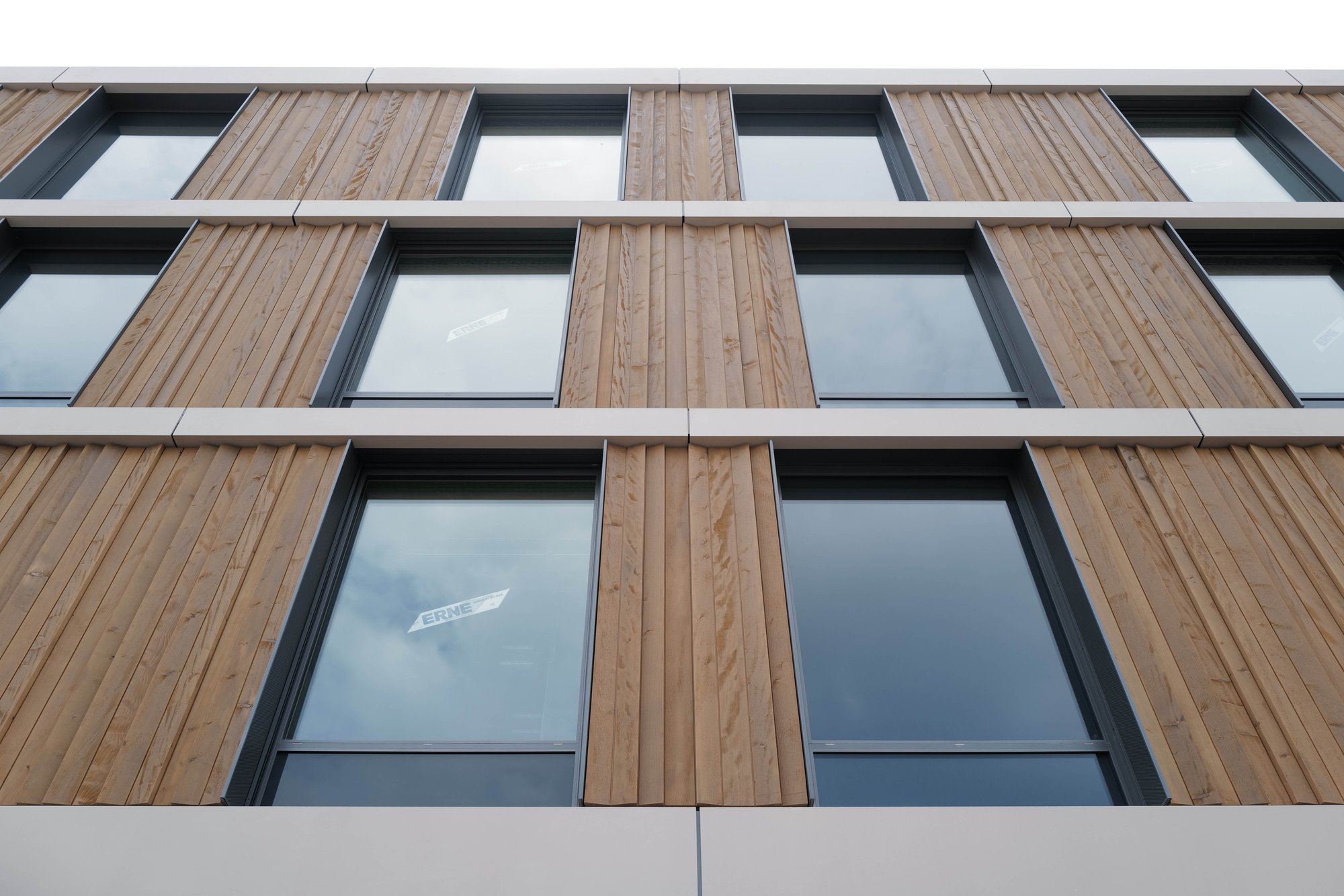
A wooden façade made from sustainable, regional forestry is being constructed at Kantonsspital Baden. The approximately 180 cubic meters of white fir wood used for the façade of the new hospital come from the surrounding sustainably managed Baden municipal forest. Resource and energy efficiency are also prioritized in the cutting and processing of the wood. By commissioning local businesses, the wood travels only within a radius of about 126 kilometers from the construction site. Credit: Nickl & Partner
.jpg?width=2000&name=7_KSB%20-%20%20Fotograf%20Hans%20Georg%20Esch%20(1).jpg)
Kantonsspital Baden. Credit: Hans Georg Esch
.jpg?width=2000&name=08_Longgang%20Elderly%20%26%20Nursing%20Home%20-%20Nickl%20%26%20Partner%20(2).jpg)
Three-Dimensional Community, Growing Towards the Light, Vertical Forest – These are the guiding principles of the senior and nursing home in Shenzhen Longgang. Where residents, due to limited mobility, can no longer visit the adjacent park, green space is brought to them through an elaborate terracing system, thereby promoting their participation in the community. Credit: Nickl & Partner
.jpg?width=2000&name=09_Longgang%20Elderly%20%26%20Nursing%20Home%20-%20Nickl%20%26%20Partner%20(1).jpg)
Shenzhen Longgang. Credit: Nickl & Partner
G - Governance and Digital Transformation in Architecture
Sustainable architecture requires transparent and efficient processes, supported by digitalization and innovative technologies. Certifications and digital tools enable materials to be traceable, buildings to be efficiently managed, and sustainability goals to be measurable. This not only strengthens the environmental impact of construction projects but also enhances the credibility and accountability of companies. The establishment of clear governance standards ensures that ecological and social principles are consistently applied in practice.
A crucial step in this direction is the use of a comprehensive BIM platform (Building Information Modeling). This digital revolution enables precise planning and simulation of buildings, optimizes resource use, and fosters closer collaboration among all stakeholders. Creative solutions and digital networking allow for quick adjustments during the construction phase, making the entire process more efficient and sustainable.
New digital applications are also transforming architecture. Telemedicine and telemonitoring support the decentralization of healthcare by enabling remote treatment models, conserving resources. The use of IoT sensors facilitates continuous process optimization, enhances energy efficiency, and improves user experience—such as through intelligent navigation systems that make it easier to orient oneself in buildings.
Sustainable architecture also means that buildings must be future-proof, adaptable, and connected. Flexible infrastructure allows work and healthcare spaces to be adjusted to new demands and seamlessly integrate digital technologies. An intelligent governance structure thus lays the foundation for sustainable construction, efficient building management, and responsible resource handling.
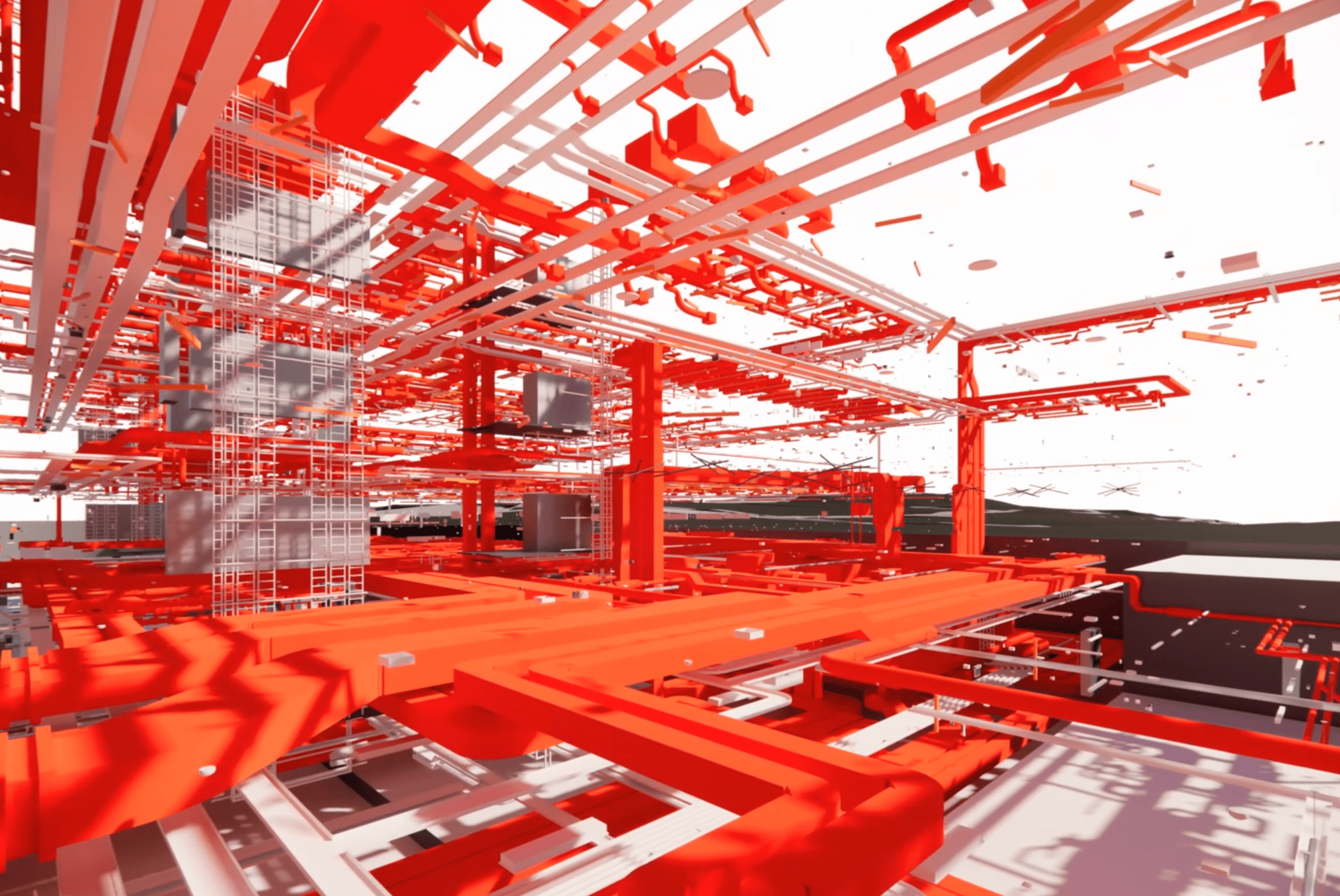
The Kantonsspital Baden (Agnes) is the first Swiss hospital to implement complete control using BIM (Building Information Modeling). With this technology, the entire hospital—ranging from architecture to technology to administration—is precisely captured, integrating nearly 100,000 data points that can be accessed by 32 participating organizations across two countries. This enables flexible planning, efficient maintenance, and adaptability for future renovations. Credit: Nickl & Partner
.jpg?width=2000&name=11_KSB%20-%20%20Fotograf%20Hans%20Georg%20Esch%20(3).jpg)
Kantonsspital Baden (Agnes). Credit: Hans Georg Esch
.jpg?width=2000&name=12_KSB%20-%20%20Fotograf%20Hans%20Georg%20Esch%20(4).jpg)
Kantonsspital Baden (Agnes). Credit: Hans Georg Esch
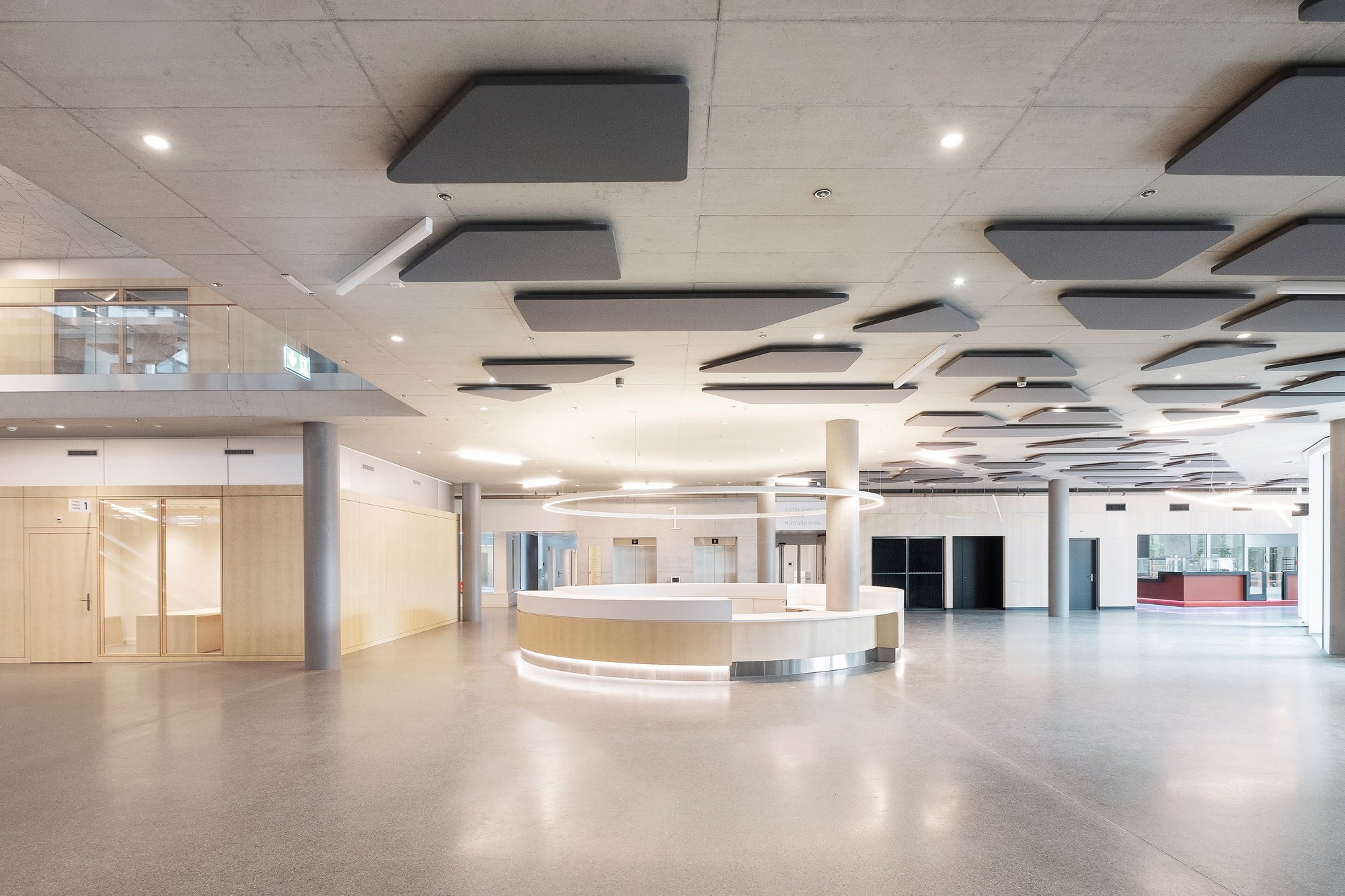
Kantonsspital Baden (Agnes). Credit: Achim Birnbaum
The construction industry must build sustainable and future-proof buildings that meet ESG requirements. Particularly in the healthcare sector, broad accessibility and financial sustainability are crucial. Through efficient planning and cost reduction, long-term operational viability is ensured, creating room for future generations. In this way, ESG architecture connects ecological, social, and economic stability.
Nickl & Partner, founded in 1979 by Prof. Hans Nickl, is an internationally active, family-owned architectural firm with offices in Munich, Berlin, Beijing, Düsseldorf, and Zurich. With over 200 employees worldwide, we have completed projects in 18 countries. For more than four decades, we have been creating innovative architecture that places human well-being at its core – through Healing Architecture, which promotes both physical and mental health.



